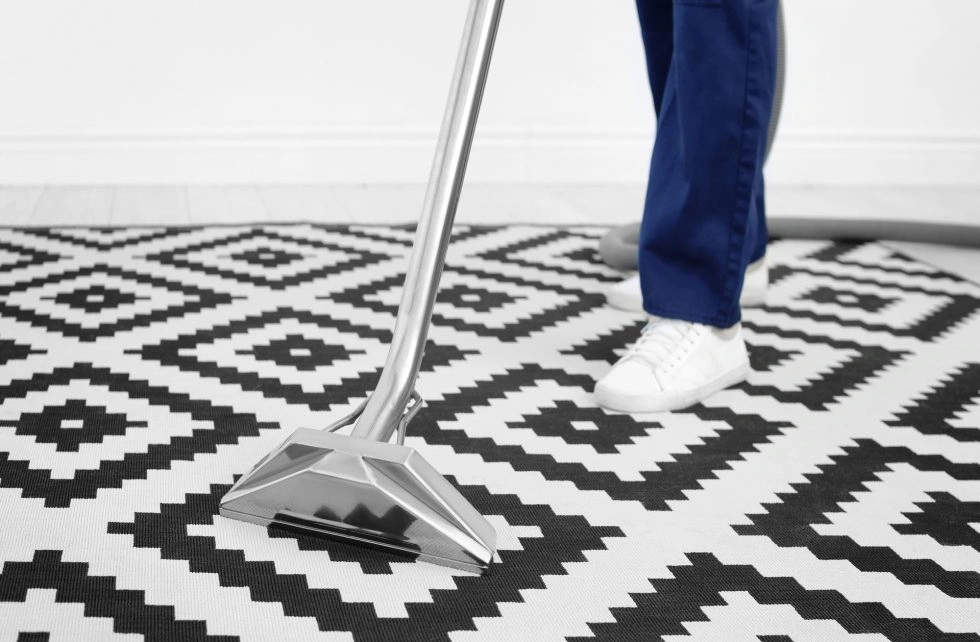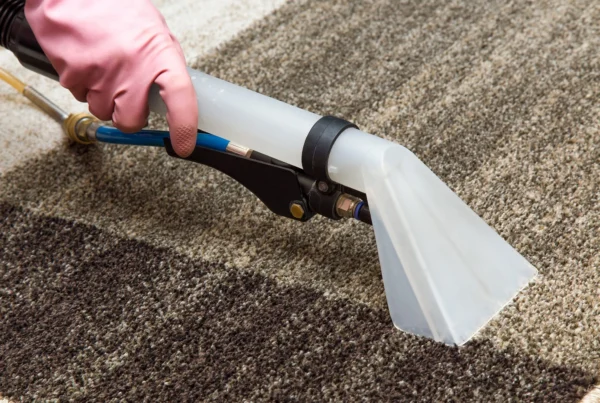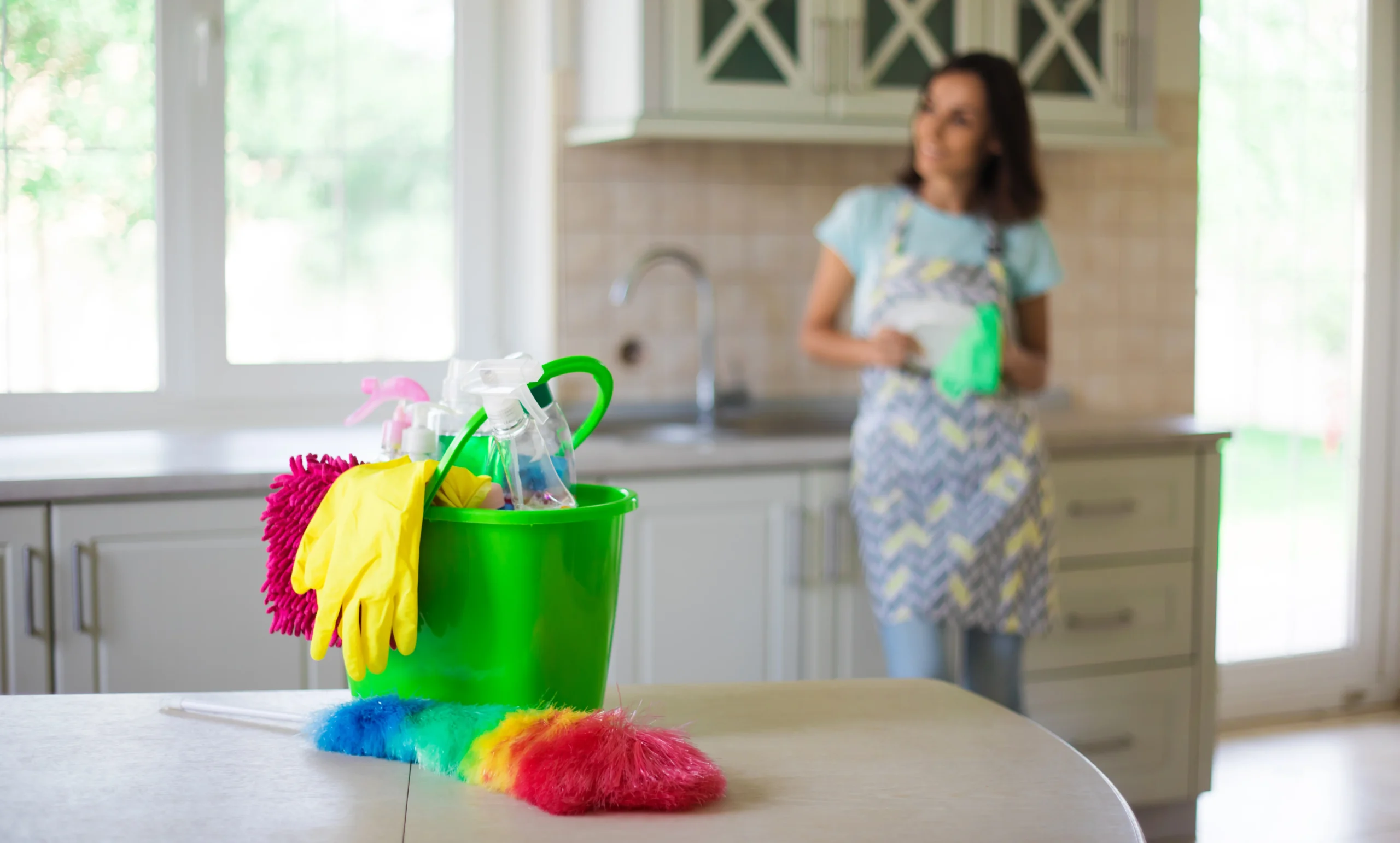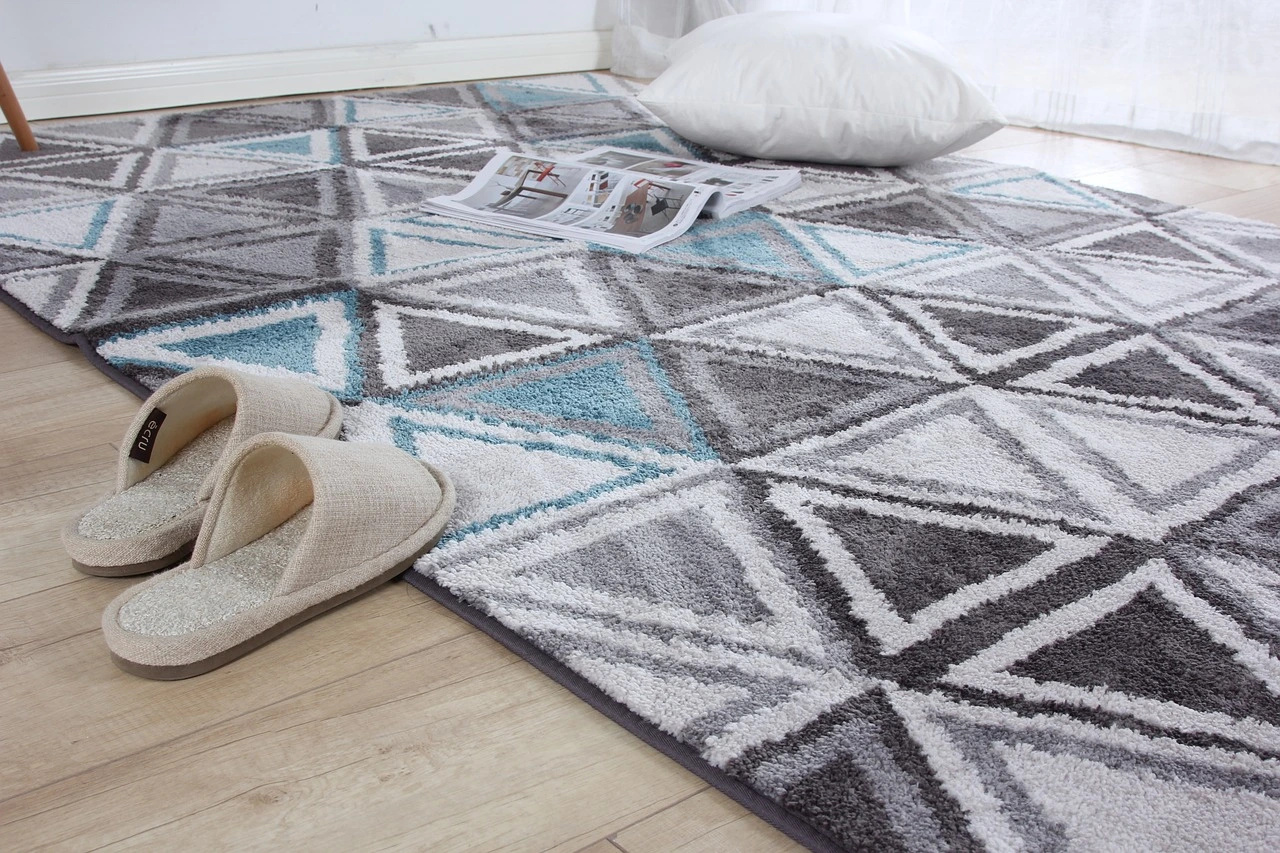Carpet Still Wet? Here’s How to Speed Up Drying After Cleaning
You’ve just finished cleaning your carpets. Everything looks fresh, smells great, and feels soft underfoot. But a few hours later, you notice the carpet is still damp. If you’re wondering how to dry carpet fast after cleaning, you’re not alone.
Carpets can take anywhere from 6 to 24 hours to dry completely, depending on humidity, airflow, and how much water was used during cleaning. The longer moisture lingers, the higher the risk of mold, mildew, and lingering odors. That’s why drying your carpet efficiently is just as important as cleaning it properly.
This guide explains practical, proven ways to dry carpets faster after cleaning, whether you did it yourself or hired professionals.
Why Carpet Drying Time Matters
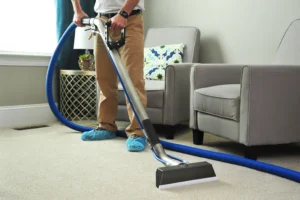 When moisture remains trapped in carpet fibers or padding, it creates an ideal environment for bacteria and mold to grow. Beyond hygiene concerns, prolonged dampness can also:
When moisture remains trapped in carpet fibers or padding, it creates an ideal environment for bacteria and mold to grow. Beyond hygiene concerns, prolonged dampness can also:
- Cause unpleasant musty odors
- Damage your flooring or padding underneath
- Leave carpets feeling sticky or rough
- Attracts dust and dirt more quickly
- Affect the air quality inside your home
Simply put, the faster your carpet dries, the cleaner and safer your space will be.
How Long Should Carpet Take to Dry?
Most professionally cleaned carpets should dry within 6 to 12 hours when proper ventilation and air movement are in place.
If you cleaned your carpet yourself using a rented machine or steam cleaner, drying may take longer, sometimes up to 24 hours, since home machines don’t extract as much water as commercial-grade equipment.
Several factors affect drying time:
- Humidity: High humidity slows down evaporation.
- Air Circulation: Poor airflow delays drying.
- Temperature: Warm air speeds up moisture evaporation.
- Carpet Material: Thicker or natural fiber carpets retain more water.
- Cleaning Method: Hot water extraction leaves more moisture than dry cleaning methods.
How to Dry Carpet Fast After Cleaning
Here are the most effective ways to speed up carpet drying and prevent moisture problems.
1. Use Fans for Air Circulation
Fans are one of the most effective tools for quick drying. They keep air moving across the carpet’s surface, helping water evaporate faster.
Tips:
- Position multiple fans around the room to maximize airflow.
- Use oscillating or box fans for wide coverage.
- Direct air toward the wettest areas first.
- Keep fans running continuously for at least 6–8 hours after cleaning.
If you have ceiling fans, turn them on at high speed to improve ventilation.
2. Open Windows and Doors (If Weather Allows)
Fresh outdoor air helps speed up the drying process. Cross-ventilation, when air flows in from one window and out another, removes humid air and replaces it with dry air.
However, be careful in humid climates like Vancouver or during rainy weather; outside air might contain more moisture, slowing drying instead of helping. In such cases, rely more on fans or a dehumidifier.
3. Use a Dehumidifier
A dehumidifier removes moisture from the air, helping carpets dry faster while preventing mold growth.
Why it helps:
- Reduces room humidity levels
- Encourages faster evaporation
- Prevents musty smells
Run the dehumidifier for 8 to 12 hours after cleaning, especially in enclosed spaces or basements. Empty the water tank regularly to maintain efficiency.
4. Turn On the Air Conditioning or Heating System
Your home’s HVAC system can help maintain airflow and control humidity.
- In warm, dry conditions, use air conditioning to circulate cool, dry air.
- In cooler seasons, set your heater to a moderate temperature (around 70–75°F or 21–24°C) to aid evaporation.
Avoid extreme heat, as it could shrink certain carpet fibers or damage adhesive backing.
5. Use Towels to Absorb Extra Moisture
If some areas are still wet hours after cleaning, place clean, dry towels over the damp spots and press firmly with your feet or a flat object. The towels will absorb trapped moisture from the carpet’s surface.
Replace the towels every 30–60 minutes until they come away dry. This trick works well for thick carpets that hold water deep down in the fibers.
6. Rent or Use Carpet Air Movers
Air movers, also known as carpet dryers or blower fans, are industrial-grade tools used by professional cleaners to dry carpets quickly.
These powerful machines direct concentrated airflow across the surface, drying carpets in as little as 2 to 4 hours.
You can rent one from a hardware store or cleaning supply company if you’ve done a large cleaning job. Place them about every 10 feet for best results.
7. Avoid Walking on the Carpet Too Soon
Foot traffic pushes moisture deeper into carpet fibers and padding, slowing down the drying process.
Wait at least 6 hours before walking on the carpet, and even longer if it still feels damp. If you must walk on it, wear clean socks or shoe covers to prevent dirt transfer.
8. Move Furniture Carefully
Heavy furniture traps moisture beneath it and creates dark, damp spots that are perfect for mold growth.
If possible, keep furniture off the carpet until it’s completely dry. Use plastic pads or foil squares under furniture legs to prevent staining or moisture absorption.
9. Speed Up Drying with Baking Soda (Bonus Trick)
If your carpet still feels slightly damp or smells musty, sprinkle baking soda lightly across the surface. Leave it for a few hours, then vacuum it up.
Baking soda naturally absorbs moisture and neutralizes odors, a quick, safe fix for carpets that take longer to dry.
How to Know When the Carpet Is Fully Dry
You can tell your carpet is dry when:
- It feels cool and dry to the touch (not cold or damp).
- There’s no moisture when you press a paper towel onto the surface.
- The musty smell is gone, and the room feels less humid.
If you’re unsure, let it dry an additional 2–4 hours just to be safe before replacing furniture or resuming normal use.
How Long Should Carpets Take to Dry Based on Cleaning Method?
| Cleaning Method | Average Drying Time | Drying Speed Factors |
| Hot water extraction | 6–12 hours | Depends on the suction strength and humidity |
| Steam cleaning | 8–24 hours | Longer if ventilation is poor |
| Dry cleaning / low-moisture method | 1–2 hours | Fastest method |
| DIY shampooing | 12–24 hours | Often slower due to excess water use |
If your carpet is still wet after a full day, it’s time to boost airflow with fans or call a professional cleaner to check for trapped moisture.
What Happens If Carpets Don’t Dry Properly?
Failing to dry carpets fast enough can lead to serious issues, including:
- Mold and Mildew: Moisture trapped in the padding provides the perfect breeding ground for fungi.
- Musty Odors: Prolonged dampness causes odors that are hard to remove.
- Carpet Shrinkage: Certain fibers may contract if wet for too long.
- Discoloration or Water Stains: Minerals in water can leave dark patches on fibers.
- Allergic Reactions: Mold spores and bacteria affect indoor air quality, especially for allergy sufferers.
This is why post-cleaning drying is not optional; it’s essential for a safe, healthy home.
Professional Carpet Cleaning vs DIY: Which Dries Faster?
| Method | Drying Time | Advantages |
| DIY Carpet Cleaning | 12–24 hours | Cheaper, convenient, but often overwets the carpet |
| Professional Cleaning | 4–8 hours | Uses high-suction extraction and faster drying equipment |
Professional cleaners like ProClean’s House Cleaning Services Vancouver use hot water extraction with quick-dry technology, which removes up to 95% of moisture immediately. That’s why your carpets are usually ready to use the same day.
Preventing Long Dry Times in the Future
Here’s how you can make future carpet cleanings faster and safer:
- Vacuum regularly to reduce the amount of deep dirt that needs extra water to remove.
- Schedule professional cleanings twice a year to keep buildup minimal.
- Choose low-moisture cleaning methods for delicate or thick carpets.
- Maintain proper home ventilation year-round with fans or dehumidifiers.
The cleaner your carpets stay between sessions, the less time you’ll spend waiting for them to dry after each cleaning.
When to Call a Professional Carpet Cleaner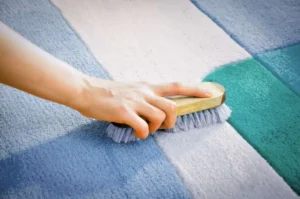
If your carpet has been wet for more than 24 hours and still feels damp or smells musty, it’s best to call a professional cleaner. Moisture may have reached the padding, and professional extraction or drying fans may be required to prevent mold.
Professionals can also apply antimicrobial treatments to kill bacteria and stop mold from spreading.
Final Thoughts
So, how do you dry carpet fast after cleaning? It’s all about airflow, humidity control, and temperature balance. By using fans, dehumidifiers, and proper ventilation, you can cut drying time in half and protect your carpets from mold or odor.
Remember: the cleaning process doesn’t end when the machine stops; it ends when your carpet is fully dry.
Want fast-drying carpet cleaning with no mold risk? Trust ProClean House Cleaning Vancouver for professional carpet cleaning services that leave your home spotless and safe. Our advanced extraction system and drying equipment ensure your carpets are fresh, clean, and dry often within hours.
Contact us to book your professional carpet cleaning today and enjoy fresher air and cleaner floors without the wait.
Follow us on our socials here:
Find out more articles that can help you below:

